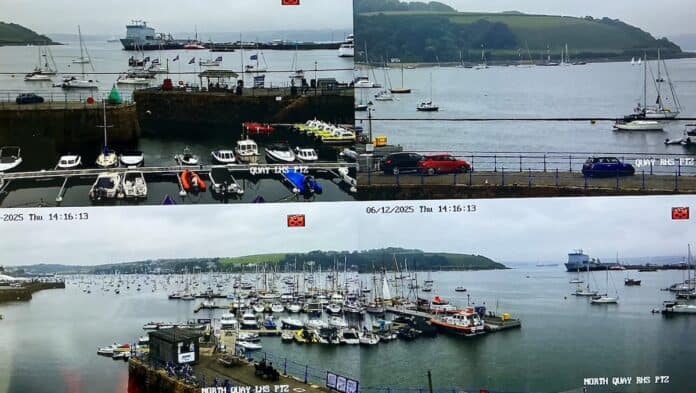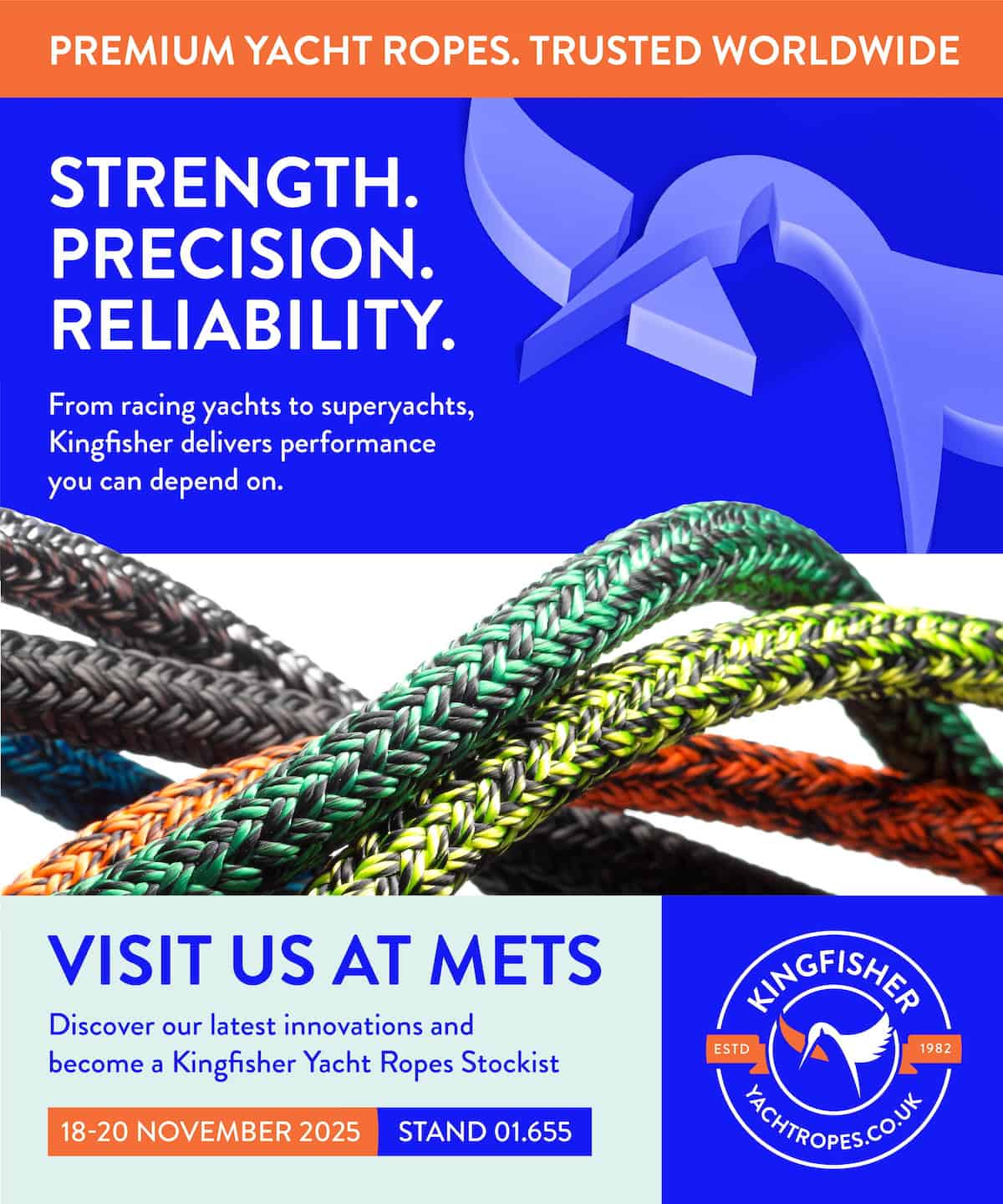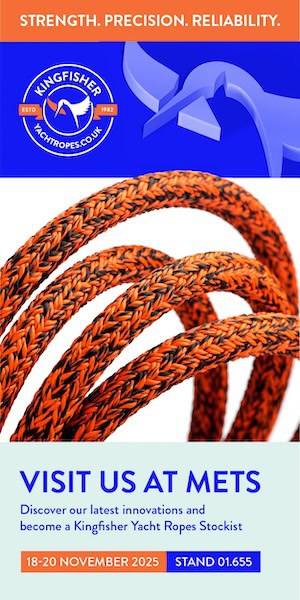The UK’s Falmouth Harbour is piloting a project aimed at using the power of artificial intelligence to improve safety, efficiency and environmental sustainability across its operations.
The harbour has been awarded a grant from Innovate UK for the project which will be led by technology partner RoboK.
The project will use Falmouth Harbour’s existing CCTV infrastructure for AI-powered, 24/7 monitoring capable of tracking and analysing vessel movements, identifying potential hazards to shipping or impacts to sensitive marine habitats and preventing accidents before they occur.
The grant has enabled RoboK to create the Harbour-AI platform including support allocated to training Falmouth Harbour staff.
Use of the AI platform will include vessel monitoring, detection of unusual movements and environmental risk assessment.
Our cutting-edge computer vision solution automates and analyses visual data from existing CCTV cameras.
Hao Zheng
“The Innovate Funding award allows us to embrace the exciting new world of AI and if this unique pilot project with RoboK works for us it can work to improve the safety and efficiency of our operations,” said Falmouth Harbour CEO Miles Carden.
“This can then be transferred to any harbour, port or marine business. Harbour-AI’s use of our existing CCTV infrastructure maximises the use of data already gathered in an affordable way.”
RoboK is a University of Cambridge AI spinout company with a mission to create safer and more efficient industrial workplaces.
“Falmouth Harbour is a perfect partner to pilot our Harbour-AI platform – with a team keen to make the technological leap and a wide and varied range of commercial, leisure and environmental factors constantly at play,” explained RoboK co-founder and CEO Hao Zheng.
“Our cutting-edge computer vision solution automates and analyses visual data from existing CCTV cameras, while our AI algorithms interpret this video data to provide safety incident detection and alerts.
“This allows harbour staff to make more informed decisions while managing their operations more effectively – ultimately enhancing safety and compliance.”







